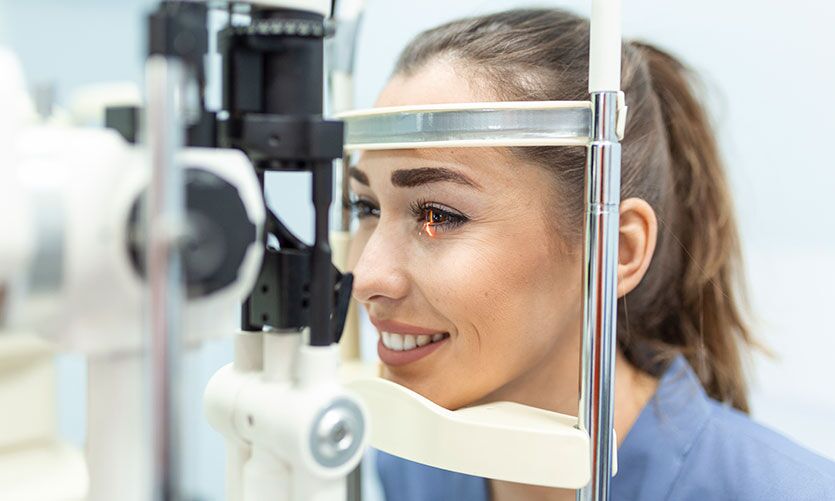
Crossed Eyes or Eye Misalignment (Strabismus)
Strabismus is the medical term for the crossed eyes condition. Patients with this disorder are observed to have eyes looking in different directions. Although strabismus is often inherited, you may still develop crossed eyes when you have a brain tumor, damaged retina, diabetes, cerebral palsy, or other medical conditions. Therefore, it is important to talk to a doctor to improve your chances of recovery.
Types of strabismus
Patients with strabismus cannot point their eyes in the same direction. This condition is categorized based on the misalignment of the eyes.
Here are the types of crossed eyes based on the direction they turn:
- Esotropia – inward
- Exotropia – outward
- Hypertropia – upward
- Hypotropia – downward
What causes strabismus?
Strabismus vs Nystagmus
Treatment for crossed eyes
To evaluate the best treatment option for crossed eyes, the patient needs to undergo a comprehensive assessment. The kind of treatment will greatly depend on the type of strabismus, severity, and underlying cause of the condition.
Eye patches
Crossed eyes caused by a lazy eye may be treated with patching. An eye patch over your stronger eye will force your weak eye muscles to exert more effort. Repetition and training could correct the misalignment of the eyes.
Corrective lenses (eyeglasses or contact lenses)
Another common non-surgical treatment for strabismus is using corrective glasses or contact lenses. This helps improve the vision and straighten the eyes of the patient.
Orthoptic therapy or muscle exercises
Orthoptic therapy is a special program to help patients strengthen their eye muscles and gain control of their movements. This treatment option involves doing exercises that increase the capacity of the eye muscles of staying straight. It also improves poor eye coordination and alignment of intermittent crossed eyes or eye deviation.
Note that these are not regular exercises. Only a professional can provide you with the proper ways to execute eye exercises. Not consulting an expert might worsen your condition. Sessions are usually done once a week for 30 minutes and the number of sessions is based on the diagnosis.
Strabismus Surgery
Some conditions will require surgery to loosen or tighten the eye muscles to realign the eyes. The expected results from the operation include improvement of depth perception, fixing head posture, and expanding the peripheral vision of the patient.
Surgery and orthoptic therapy combination
Orthoptic therapy is sometimes recommended after the strabismus surgery.
When should you consult an eye doctor?
Insurance
Why Choose Spanish Eye Clinic for Eye Misalignment Treatment in Dubai
Spanish Eye Clinic is trusted by hundreds of families in Dubai. We are known for our internationally trained surgeons and doctors, featuring unparalleled expertise for a wide range of eye disorders. Aside from high-quality yet affordable medical services, we also boast advanced techniques and equipment to ensure that our procedures are safe and effective.
If you need advice on the best treatment option to fix your crossed eyes or poor eyesight, contact our staff or book an appointment with us today!
Need Emergency Assistance?
All patients with emergency needs will be seen on the same day.
